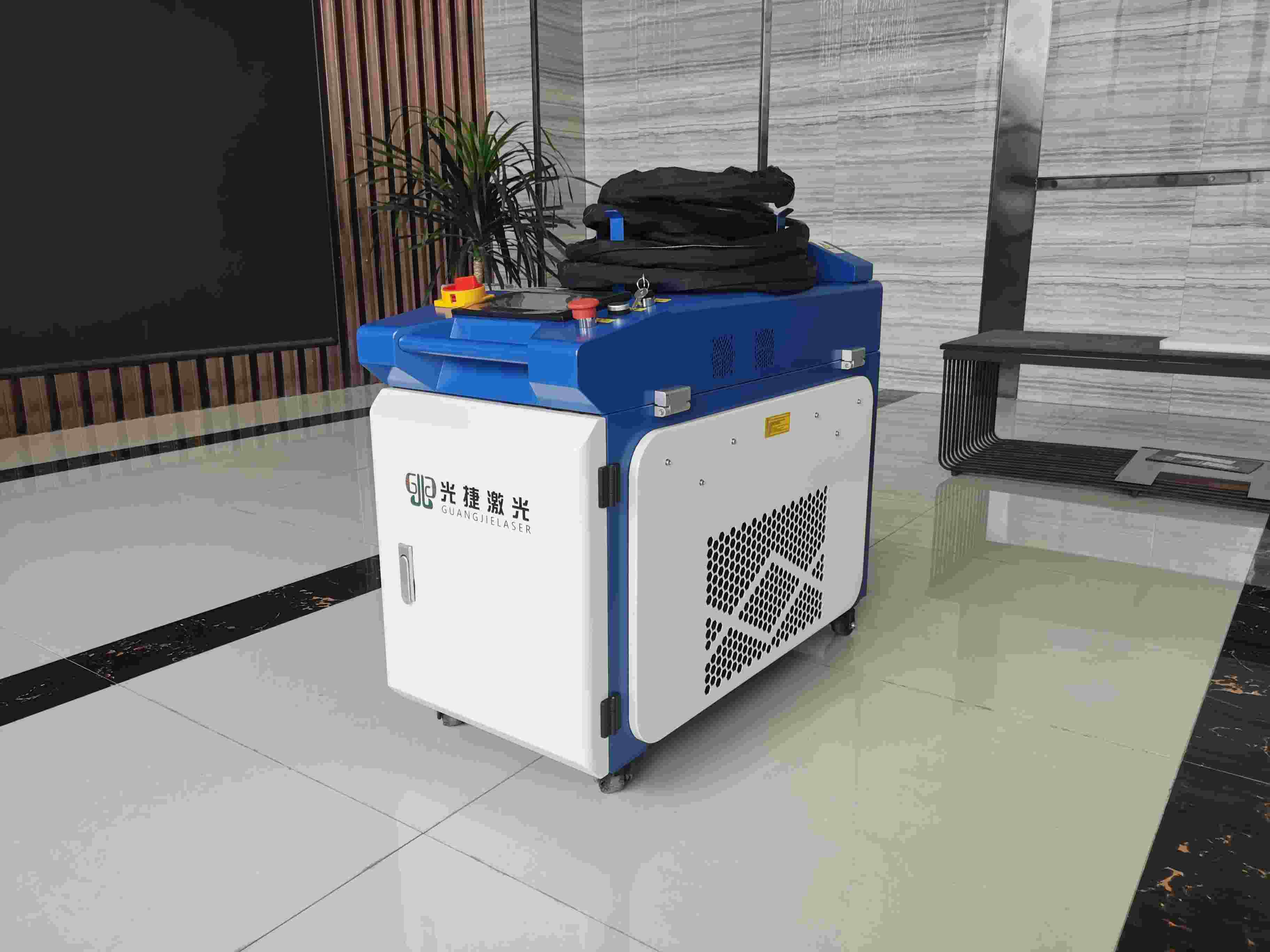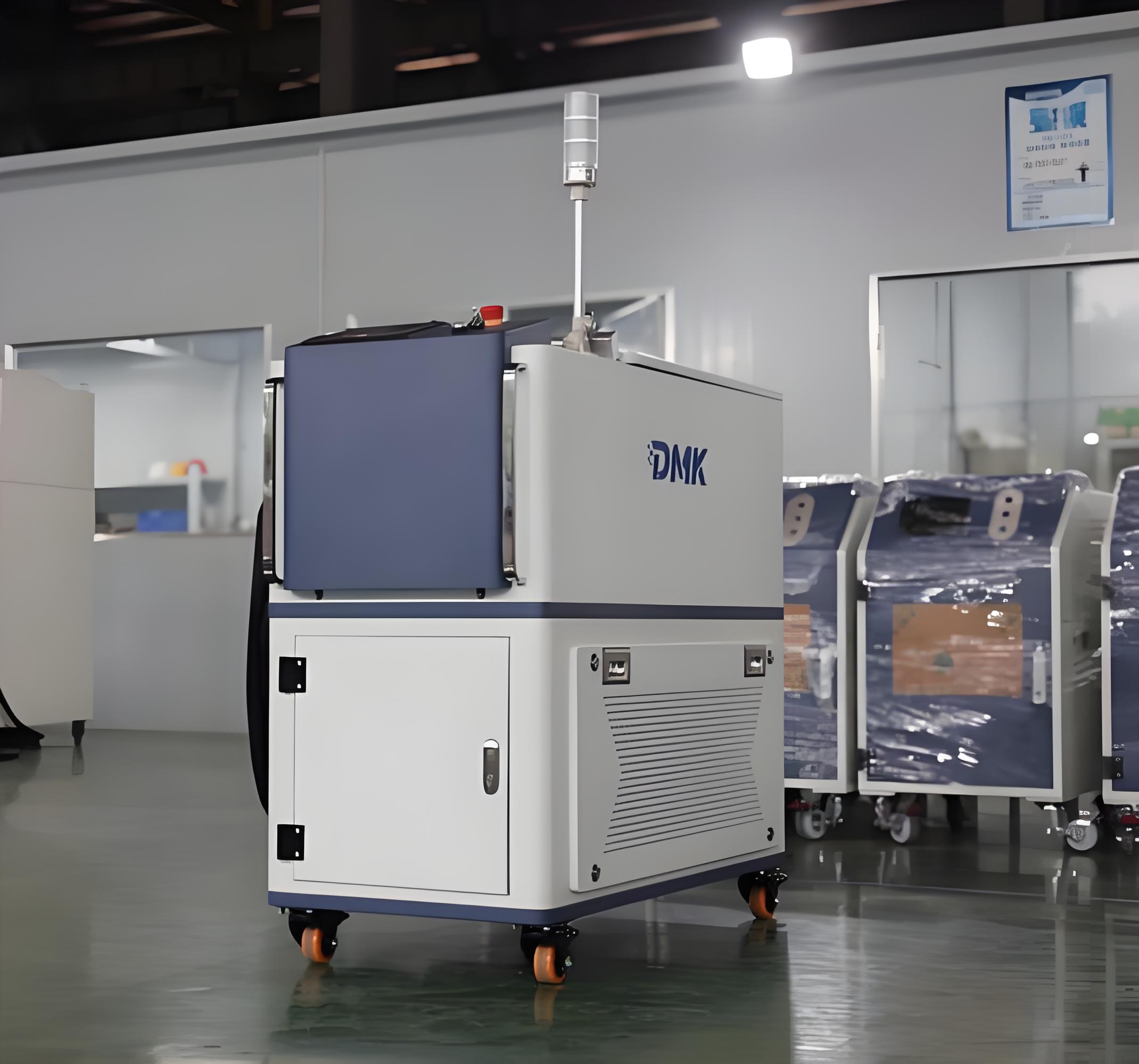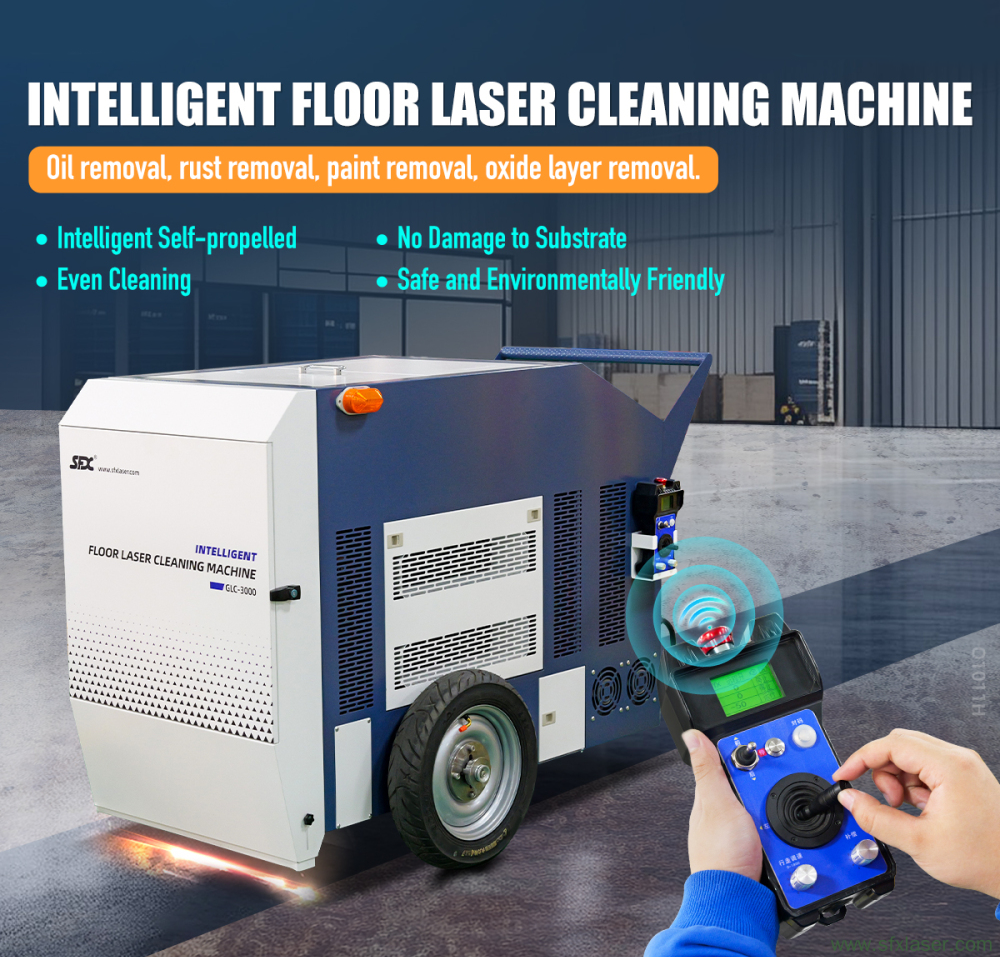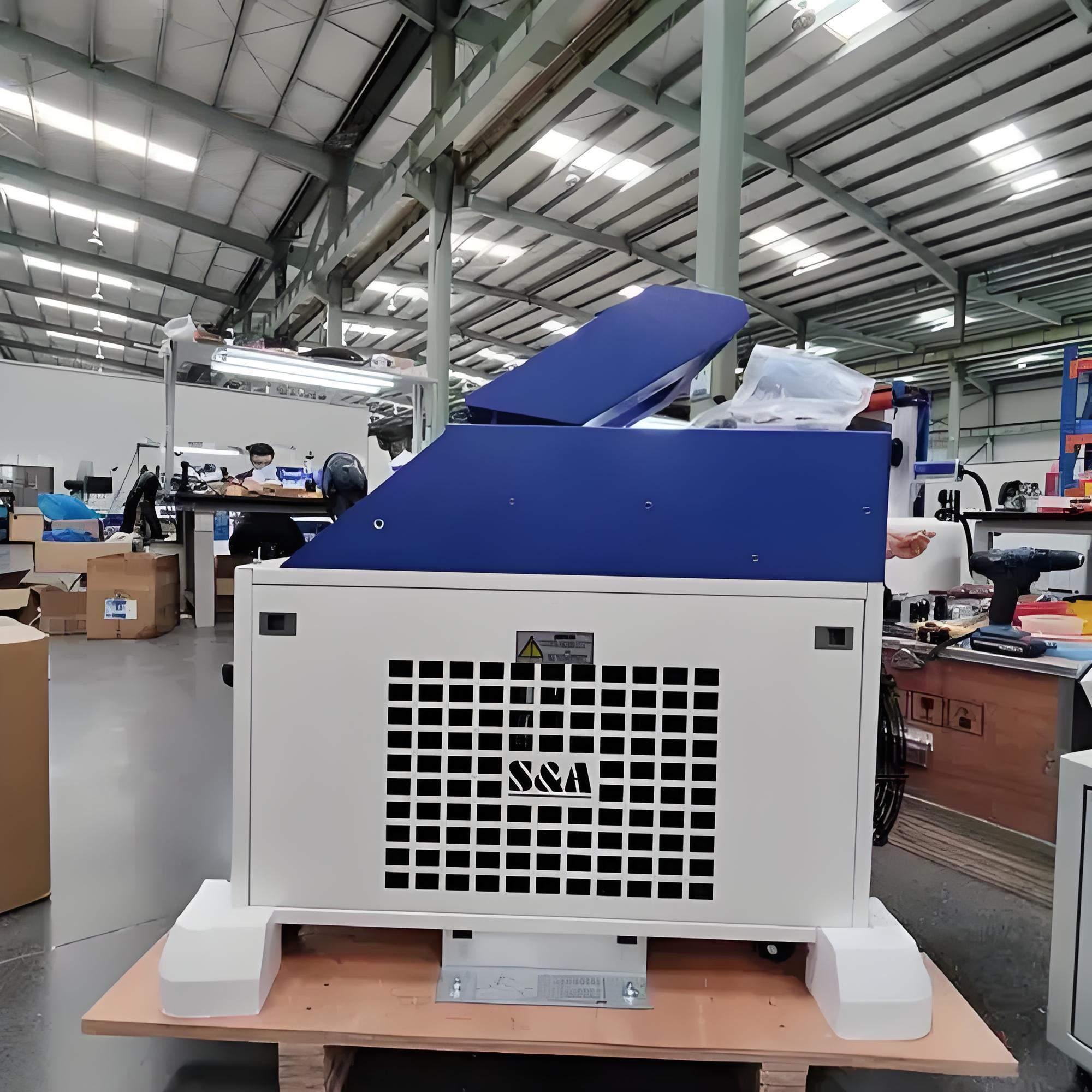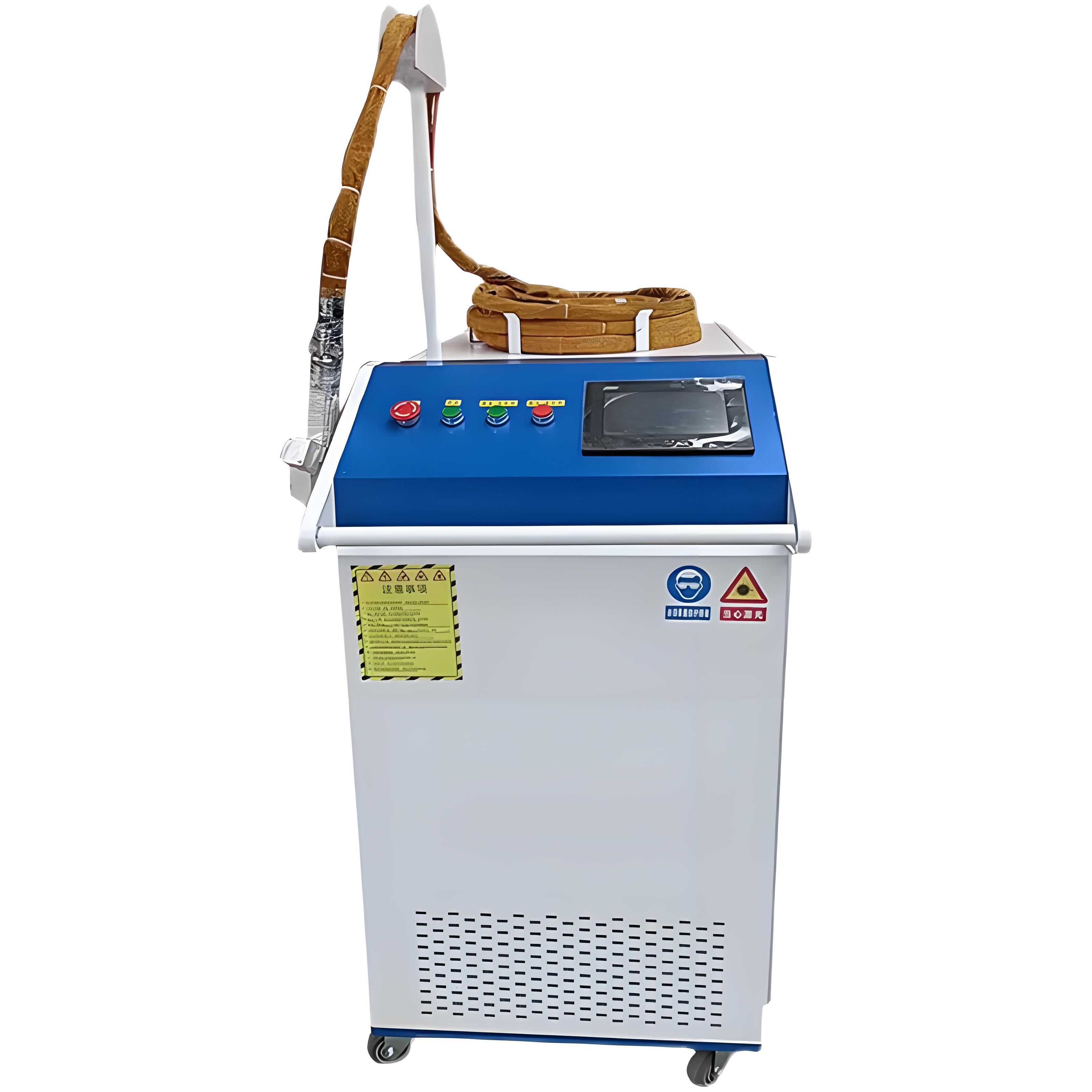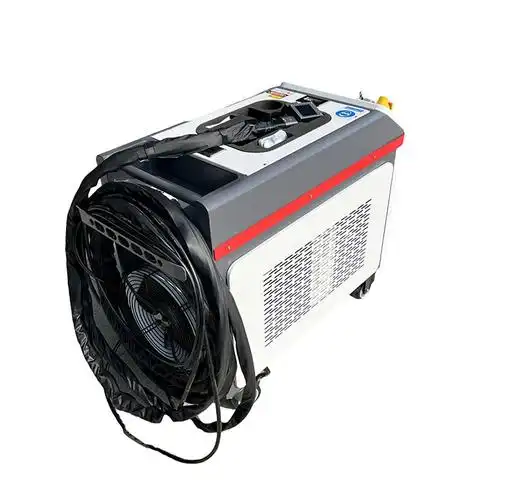Having spent over a decade in the industrial surface treatment industry, I’ve had the chance to work with a wide range of laser rust removal machines, from compact handheld units to heavy-duty industrial systems. When someone asks, “What types of laser rust removal machines are out there?” I know they’re likely looking for clarity on which equipment suits their specific needs, whether it’s for a small workshop or a massive shipyard. Drawing from my years of hands-on experience, I’ll walk you through the different types of laser rust removal machines available today, their features, applications, and what makes each one unique. My goal is to help you understand the options so you can choose the right tool for the job.
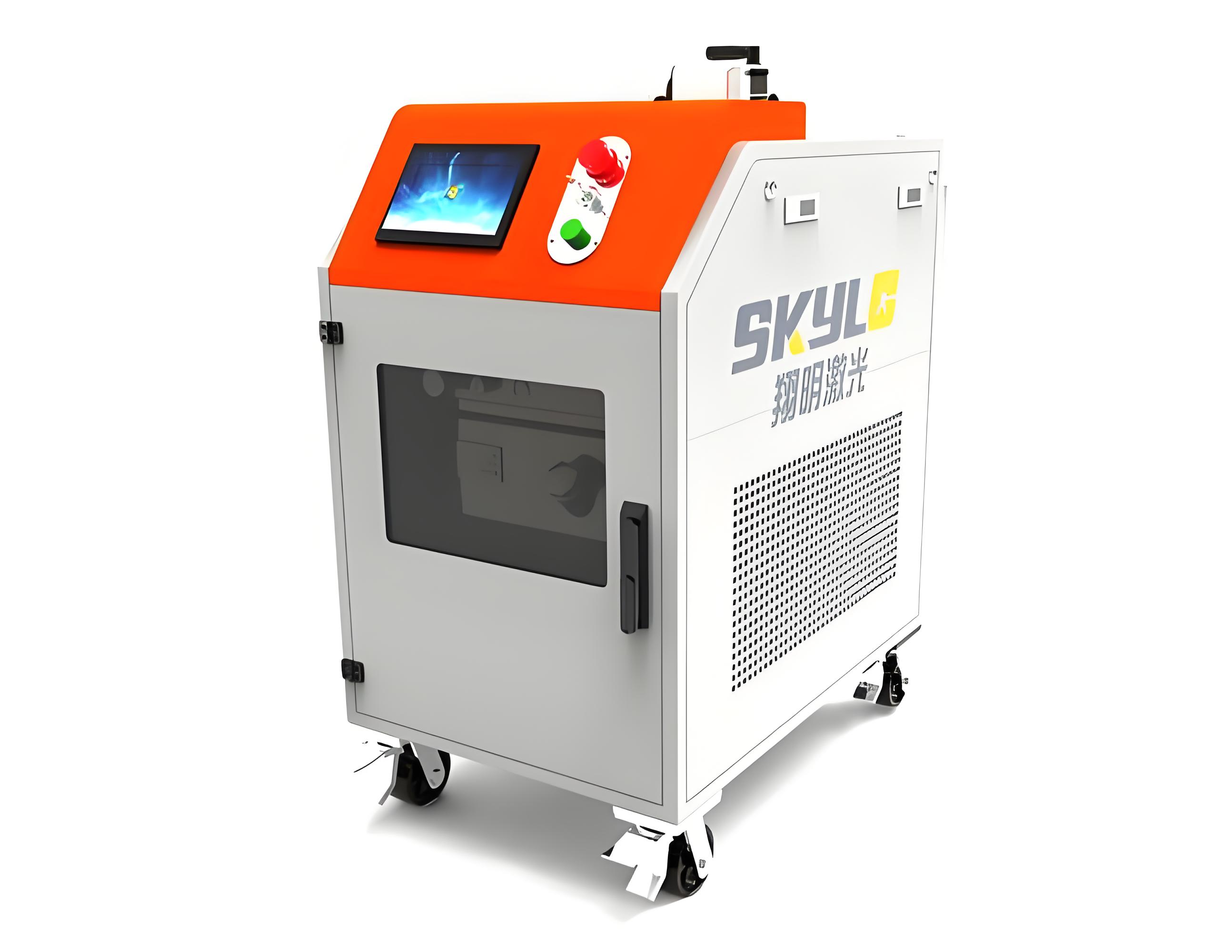
What Is Laser Rust Removal, and Why Does Equipment Type Matter?
Before diving into the types, let’s set the stage. Laser rust removal uses high-energy laser beams to vaporize rust and contaminants from metal surfaces without damaging the underlying material. The technology, known as laser ablation, is precise, eco-friendly, and versatile, making it a go-to solution for industries like manufacturing, marine, and heritage preservation.
The type of laser rust removal machine you choose matters because each is designed for specific tasks, budgets, and environments. I’ve seen businesses waste money on overpowered systems or struggle with underpowered ones simply because they didn’t understand the options. Let’s break down the main types of laser rust removal machines I’ve encountered in the field, based on their design, power, and intended use.
1. Handheld Laser Rust Removal Machines
Handheld laser systems are the most accessible and versatile option, and I’ve used them in everything from small workshops to on-site maintenance jobs. These portable devices look like oversized guns, with a laser head connected to a power unit via a fiber optic cable. They’re designed for manual operation, giving the user full control over the cleaning process.
Key Features
Power Range: Typically 20W to 200W, though some models go up to 500W.
Portability: Lightweight (10–50 kg) and easy to carry, often with a backpack or wheeled unit for the power source.
Ease of Use: Intuitive controls, often with preset modes for different rust levels or materials.
Applications: Ideal for small-scale or precision tasks, like cleaning tools, car parts, or sculptures.
My Experience
I once used a 100W handheld laser to restore a vintage motorcycle frame in a garage. The rust was patchy, and the client wanted to preserve the original paint in some areas. The handheld unit let me target specific spots with precision, something a larger machine couldn’t have done. These systems shine in situations where mobility and control are key, but they can be tiring for long sessions due to their manual nature.
Pros and Cons
Pros: Portable, affordable (starting at $10,000), great for small or detailed work.
Cons: Slower for large surfaces, requires skilled operators, not suited for heavy industrial use.
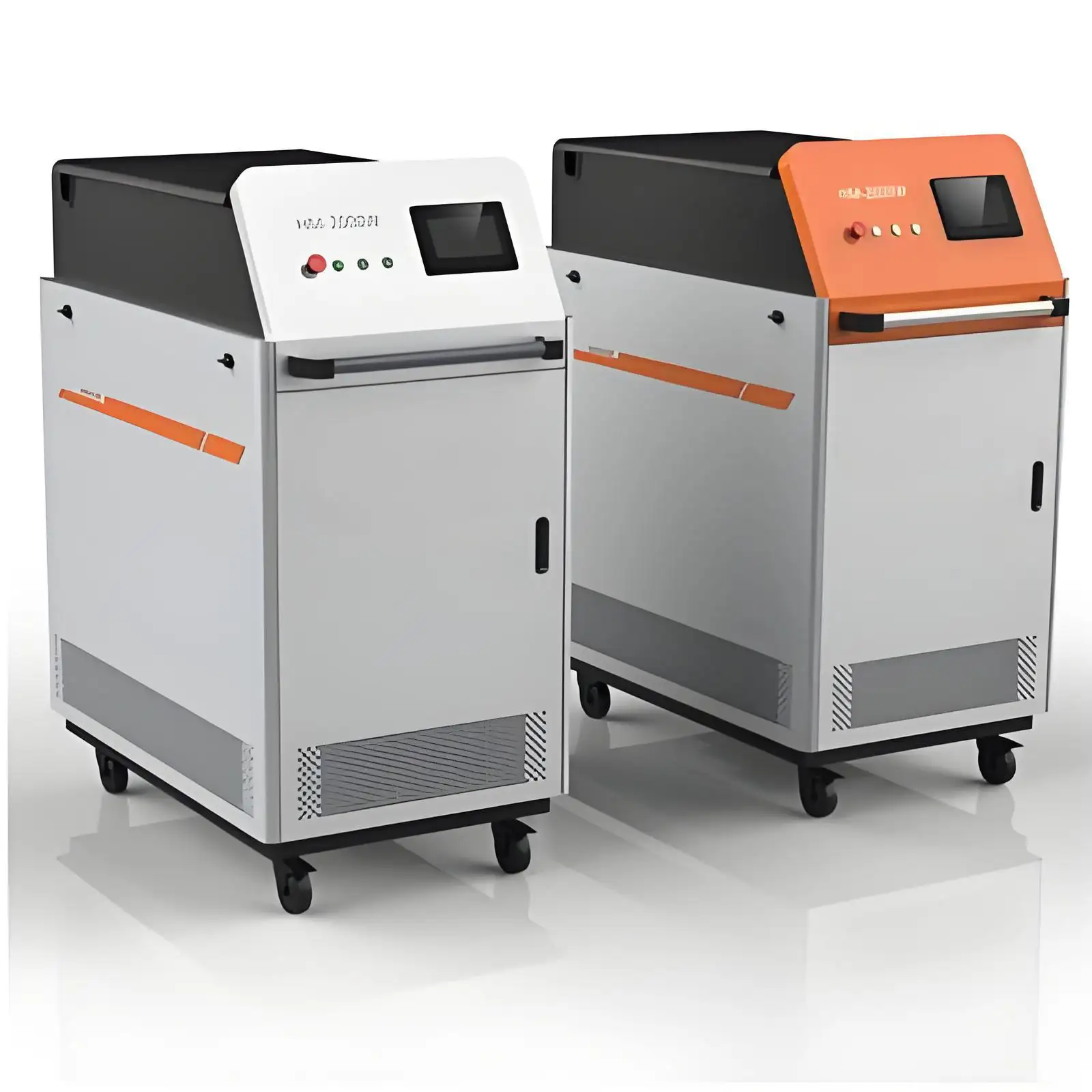
2. Backpack Laser Rust Removal Machines
Backpack laser systems are a step up from handheld units in terms of portability and convenience. The power unit is housed in a wearable backpack, allowing the operator to move freely without dragging a separate machine. I’ve seen these gain popularity in industries where mobility is critical, like bridge maintenance or offshore platforms.
Key Features
Power Range: 50W to 300W, balancing portability with performance.
Mobility: The backpack design (15–30 kg) frees up the operator’s hands, with the laser head tethered by a short cable.
Battery Options: Some models offer battery power for remote work, though runtime is limited (1–2 hours).
Applications: Perfect for on-site jobs, such as cleaning rust from pipelines, railings, or ship decks.
My Experience
I worked on a project cleaning rust from a steel bridge in a remote area. The backpack laser was a lifesaver—no power outlets nearby, and the battery-powered unit let us work for hours. The operator could climb scaffolding while carrying the system, which would’ve been impossible with a bulkier machine. However, the battery life meant we had to plan carefully to avoid downtime.
Pros and Cons
Pros: Highly mobile, good for remote or confined spaces, relatively affordable ($15,000–$50,000).
Cons: Limited power for heavy rust, battery life constraints, operator fatigue from carrying the backpack.
3. Stationary Laser Rust Removal Machines
Stationary laser systems are the heavy hitters, designed for high-volume, industrial-grade rust removal. These are typically fixed in a workshop or factory, with the workpiece brought to the machine or moved via a conveyor system. I’ve used these in large manufacturing plants where speed and throughput are critical.
Key Features
Power Range: 500W to 2000W or more, capable of tackling thick rust layers.
Automation Options: Often integrated with robotic arms or CNC systems for automated cleaning.
Large Work Area: Designed for big components, like steel beams or machinery parts.
Applications: Common in automotive, aerospace, and shipbuilding industries for large-scale surface preparation.

My Experience
In a steel fabrication plant, I helped set up a 1000W stationary laser system to clean rust from structural beams before coating. The machine was paired with a robotic arm, which scanned the beams and removed rust in minutes. It was a game-changer for their production line, cutting cleaning time by 60% compared to sandblasting. However, the setup required significant space and a hefty investment.
Pros and Cons
Pros: High power, fast processing, ideal for large-scale or repetitive tasks.
Cons: Expensive ($50,000–$200,000+), requires dedicated space, less flexible for on-site work.
4. Mobile Cart-Based Laser Rust Removal Machines
Mobile cart-based systems strike a balance between portability and power. These units are mounted on wheeled carts, making them movable within a facility but not as portable as handheld or backpack models. I’ve seen these used in shipyards and factories where equipment needs to be moved between workstations but not off-site.
Key Features
Power Range: 100W to 1000W, offering versatility for medium to large tasks.
Mobility: Wheeled carts (50–100 kg) allow easy movement within a workspace.
Cooling Systems: Often equipped with air or water cooling to handle prolonged use.
Applications: Suitable for cleaning large machinery, molds, or marine components.
My Experience
I once assisted a shipyard that used a 500W cart-based laser to clean rust from ship hulls. The cart could be wheeled along the dock, and the long fiber optic cable gave operators flexibility to reach high surfaces. It was faster than handheld units for large areas but didn’t require the permanent setup of a stationary system. The only downside was navigating tight spaces on the dock.
Pros and Cons
Pros: Balances power and mobility, cost-effective for mid-sized operations ($20,000–$80,000).
Cons: Not as portable as handheld units, requires access to power sources.
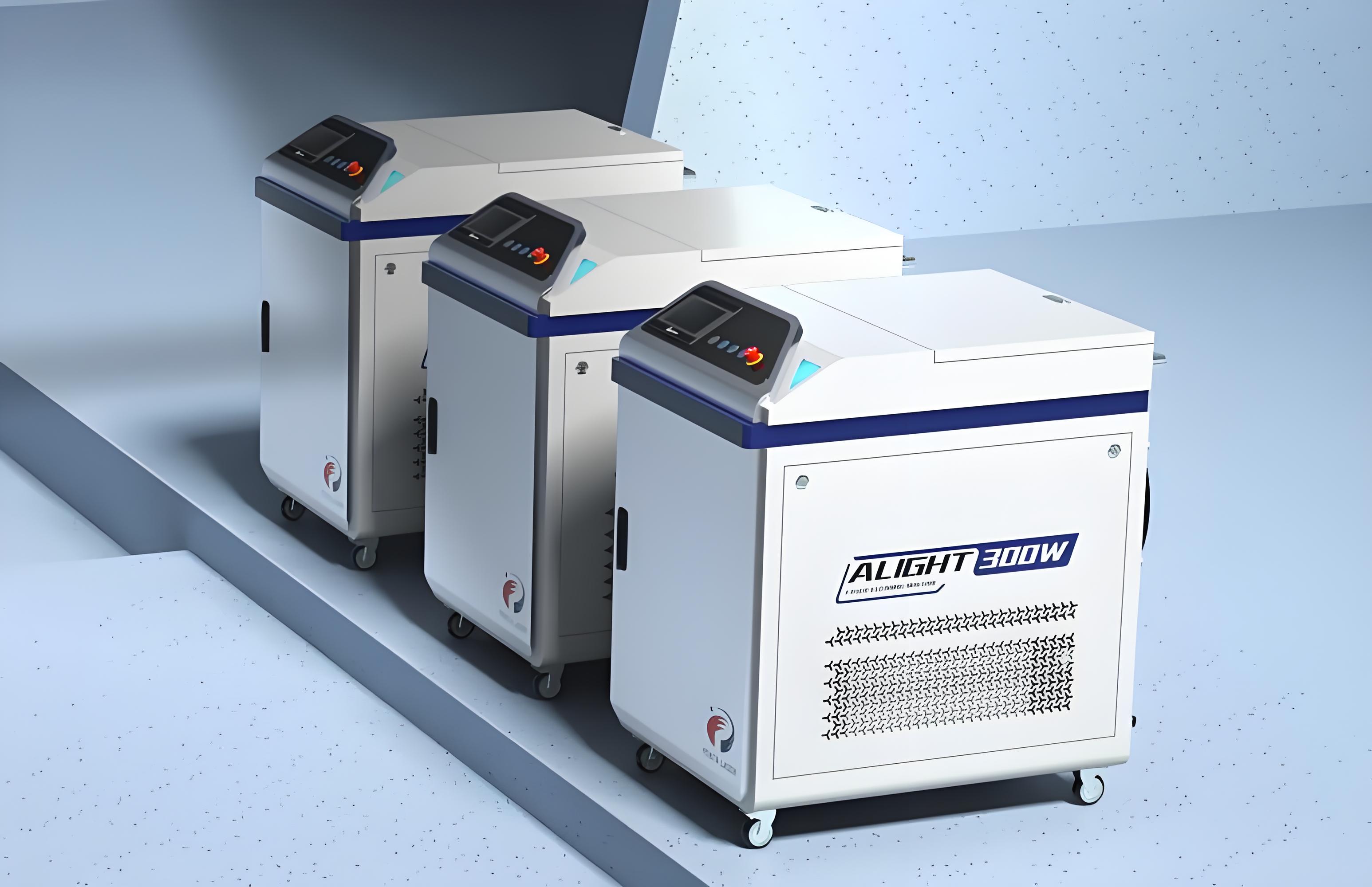
Comparison of Laser Rust Removal Machine Types
To help you choose the right machine, here’s a table summarizing the key differences based on my experience:
|
Machine Type |
Power Range |
Best For |
Cost Range |
|---|---|---|---|
|
Handheld |
20W–500W |
Small, precise tasks |
$10,000–$50,000 |
|
Backpack |
50W–300W |
Remote, on-site work |
$15,000–$50,000 |
|
Stationary |
500W–2000W+ |
Large-scale industrial cleaning |
$50,000–$200,000+ |
|
Mobile Cart-Based |
100W–1000W |
Mid-sized tasks in facilities |
$20,000–$80,000 |
This table is a starting point, but the best choice depends on your specific needs—budget, workpiece size, and work environment.
Factors to Consider When Choosing a Machine
From my years of helping clients select equipment, here are the key factors to weigh:
Workpiece Size and Material: Small, delicate parts need handheld units, while large steel structures require stationary or cart-based systems. Ensure the laser is compatible with your materials (e.g., steel, aluminum).
Work Environment: Remote or outdoor jobs favor backpack or handheld units, while factories benefit from stationary systems.
Budget: Handheld and backpack units are more affordable upfront, but stationary systems offer better long-term value for high-volume work.
Operator Skill: Handheld and backpack systems require more operator skill to avoid uneven cleaning, while stationary systems can be automated.
Maintenance Needs: Higher-power systems need robust cooling (air or water) and regular maintenance to prevent overheating.
I once advised a small restoration business to start with a handheld 100W laser instead of a pricier cart-based unit. It met their needs for cleaning antique metalwork and was within their budget, proving that the right fit is more important than raw power.
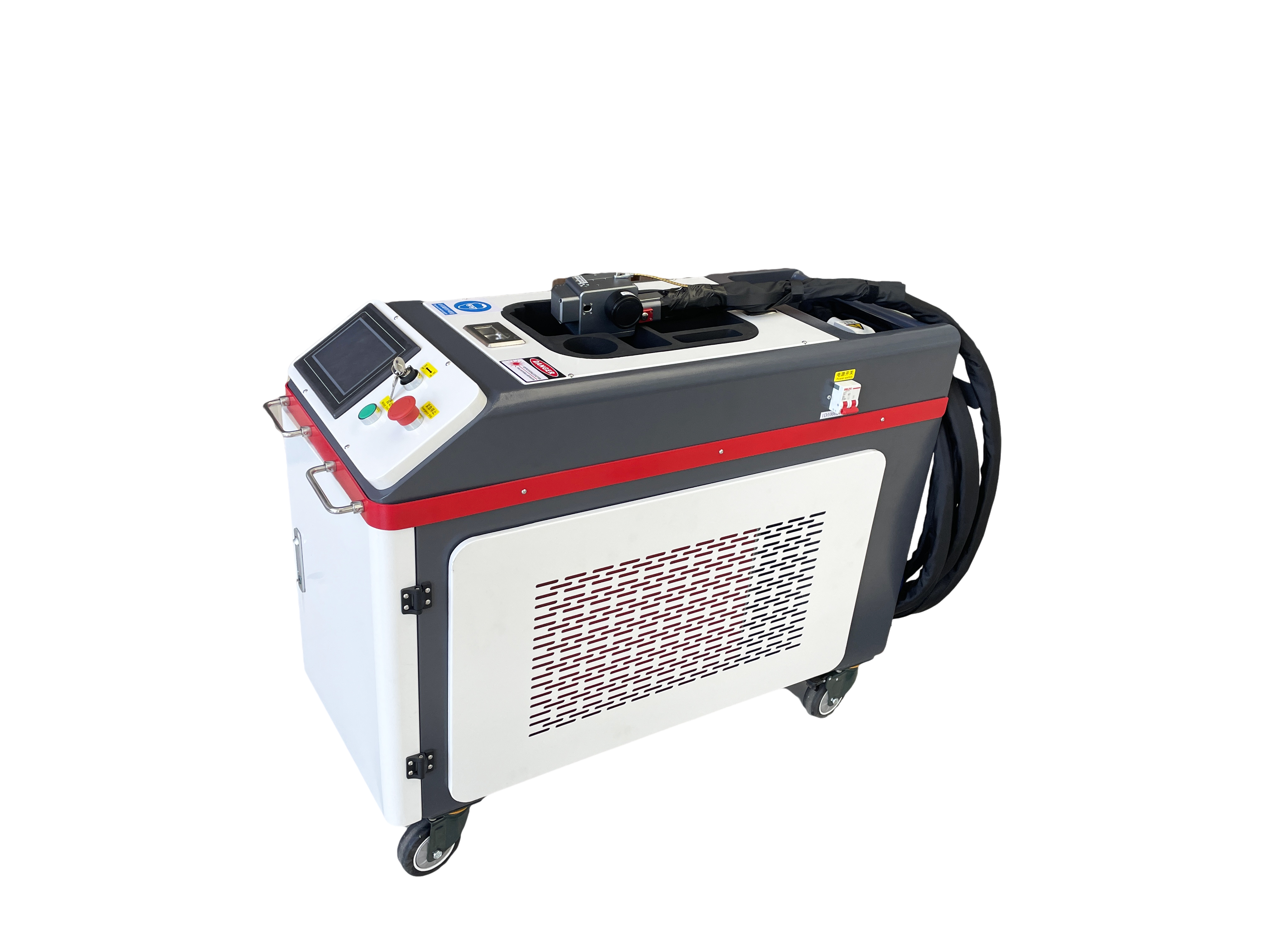
Emerging Trends in Laser Rust Removal Machines
The industry is evolving fast, and I’ve seen some exciting developments:
Compact High-Power Units: Newer handheld and backpack models are pushing into the 500W range, blurring the line with cart-based systems.
Automation Integration: Stationary systems are increasingly paired with AI-driven robotics for hands-free operation, which I’ve seen in automotive plants.
Battery Improvements: Backpack units with longer-lasting batteries are making remote work more practical.
Lower Costs: As technology matures, prices are dropping, making lasers accessible to smaller businesses.
These trends are expanding the reach of laser rust removal, and I expect to see even more innovation in the coming years.
Practical Tips for Using Laser Rust Removal Machines
Based on my fieldwork, here are some tips to get the most out of your machine, regardless of type:
Train Operators Thoroughly: Lasers require precise settings (power, pulse frequency) to avoid damaging surfaces. I’ve seen untrained operators burn metal by using too much power.
Test on a Small Area: Always test the laser on a non-critical part of the workpiece to fine-tune settings.
Use Proper Safety Gear: Laser-specific safety glasses are a must to protect against reflected beams. I never let my team operate without them.
Maintain the Equipment: Clean the laser lens regularly and check cooling systems to prevent overheating. A dirty lens can reduce efficiency by 20% or more.
Plan for Dust Management: Laser ablation produces fine rust dust, so use a vacuum system to keep the workspace clean.
Why Understanding Machine Types Matters
In my time in the industry, I’ve learned that choosing the right laser rust removal machine can make or break a project. A handheld unit might be perfect for a small restoration job, while a stationary system is a must for a high-throughput factory. By understanding the types—handheld, backpack, stationary, and cart-based—you can match the equipment to your needs, saving time, money, and headaches.
I’ve seen businesses transform their operations by picking the right laser system. One client, a marine repair shop, switched from sandblasting to a cart-based laser and cut their cleaning time in half while eliminating waste disposal costs. It’s stories like these that remind me why this technology is so exciting.
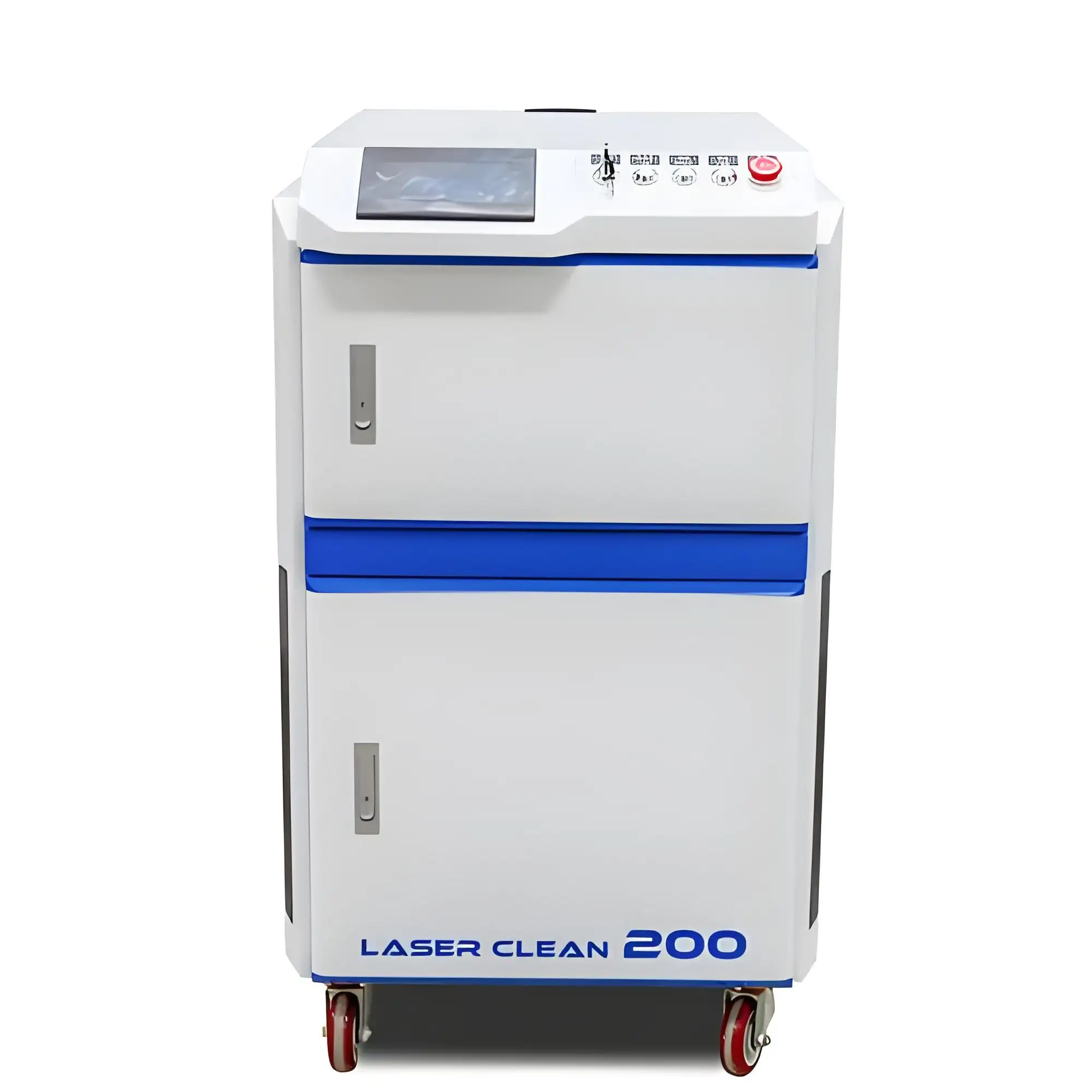
Related Questions and Answers
Here are some common questions I’ve heard from clients and colleagues, along with my answers:
Q: Can all laser rust removal machines clean non-metal surfaces?
A: Most are optimized for metals like steel or aluminum. Non-metals like wood or plastic require specialized lasers with different wavelengths. Always check the machine’s specs.
Q: How long does it take to learn to use a handheld laser?
A: With proper training, most operators can get comfortable in a day or two. I recommend a full training session with the supplier to master settings and safety.
Q: Are stationary lasers worth the high cost for small businesses?
A: Not usually. Small businesses are better off with handheld or cart-based units unless they have consistent high-volume work. Renting a stationary unit is another option.
Q: Do laser rust removal machines require a lot of maintenance?
A: They’re relatively low-maintenance, but regular lens cleaning and cooling system checks are essential. I’ve seen well-maintained units last over a decade.
If you’re exploring laser rust removal machines or need help picking the right one, feel free to ask. I’m happy to share more insights from my years in the field!

